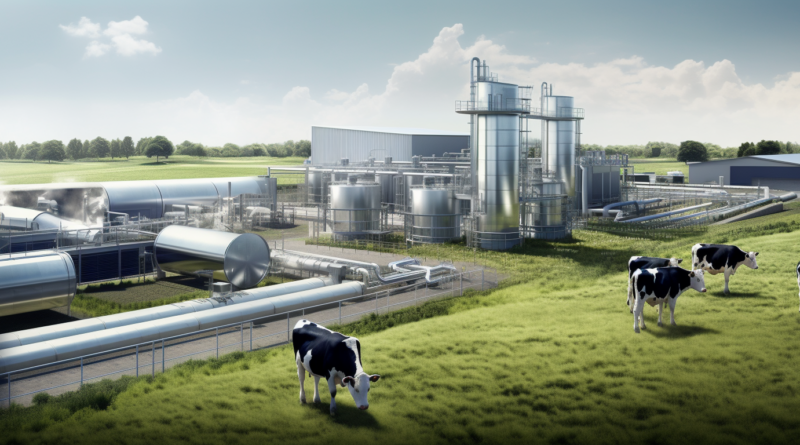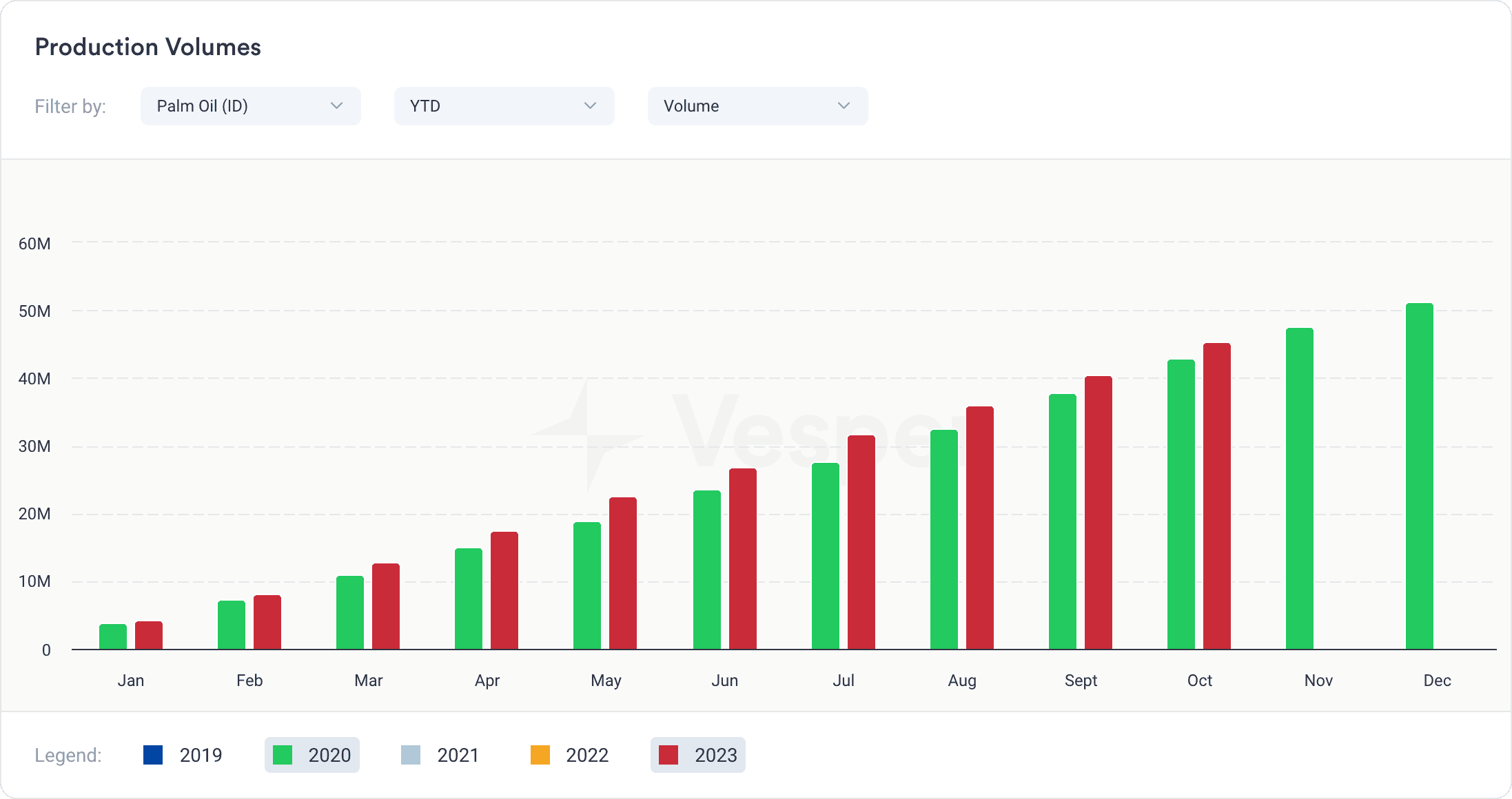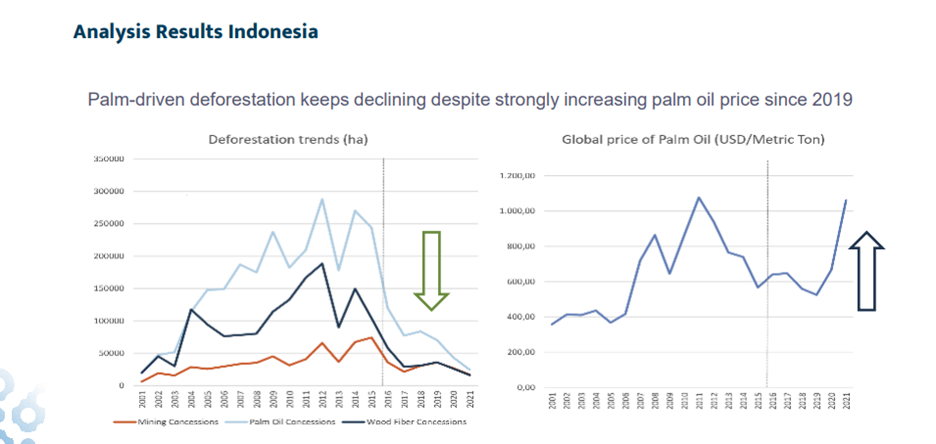
The palm oil market, a cornerstone of the global commodities landscape, is currently experiencing a dynamic phase characterized by fluctuating trading values and evolving market forces. In 2025, the market continues to reflect broader economic trends, influenced by a myriad of factors ranging from supply chain disruptions to environmental concerns and consumer demand shifts. As we delve into the current state of the palm oil market, it is crucial to explore historical data, future forecasts, and the implications of palm oil’s role in biofuel production.

Current Market Trends
According to Trading Economics, palm oil prices have shown considerable volatility over recent months. This volatility is largely attributable to geopolitical tensions, fluctuating currency exchange rates, and changes in global demand. As of the latest data, palm oil is trading at approximately $1,050 per metric ton, reflecting a modest increase from previous months, driven by rising demand in key import markets such as India and China.
Historically, palm oil prices have been sensitive to climatic conditions in major producing countries like Indonesia and Malaysia. These nations account for over 85% of the world's palm oil production, making them critical to global supply chains. Recent reports indicate that adverse weather patterns, including the El Niño phenomenon, have impacted yield outputs, thereby exerting upward pressure on prices.
Historical Data and Forecast
The historical trajectory of palm oil prices has been marked by cyclical trends. From 2010 to 2020, prices experienced significant swings, peaking during periods of high demand and contracting during economic downturns. The COVID-19 pandemic in 2020 exacerbated these fluctuations, with initial plummeting prices due to reduced demand followed by a sharp rebound as economies reopened.
Looking forward, the market is anticipated to maintain its volatility. Analysts project that palm oil prices could reach $1,200 per metric ton by the end of 2025, contingent on sustained global demand, particularly from the biofuel sector. The role of palm oil in biofuel production cannot be understated. With countries striving to meet climate goals, the demand for biofuels, and consequently palm oil, is expected to rise.
Supply Chain Disruptions
Supply chain disruptions have significantly impacted the palm oil market. The COVID-19 pandemic exposed vulnerabilities in global supply chains, leading to delays and increased costs. In response, producers have been investing in technology and infrastructure to enhance efficiency and resilience. However, logistical challenges persist, particularly in transportation and export operations.
A recent report by Eurofins Sustainability Services highlights the introduction of innovative testing methods aimed at improving supply chain transparency and sustainability. Such advancements are crucial as consumers and regulators increasingly demand sustainable practices in palm oil production.
Environmental Concerns
Environmental concerns remain a significant factor influencing the palm oil market. Deforestation and habitat destruction associated with palm oil cultivation have drawn widespread criticism from environmental groups and consumers alike. In response, initiatives such as the Roundtable on Sustainable Palm Oil (RSPO) have been established to promote sustainable production practices.

These efforts have led to a notable increase in certified sustainable palm oil, yet challenges remain. The transition to sustainable production is costly and complex, requiring collaboration across the supply chain. As noted by industry expert John Smith, "The shift towards sustainability is not just a moral imperative but a business necessity. Companies that fail to adapt risk losing market share and facing regulatory penalties."
Shifts in Consumer Demand
Consumer demand is also evolving, with a growing preference for sustainable and ethically sourced products. This shift is influencing market dynamics, as producers align their strategies to meet consumer expectations. The rise of plant-based diets and increased health consciousness have further fueled demand for palm oil alternatives, such as coconut and soybean oil, though palm oil remains a staple due to its versatility and cost-effectiveness.
The Role of Palm Oil in Biofuel Production
Palm oil's role in biofuel production presents both opportunities and challenges. As countries strive to reduce carbon emissions, biofuels have gained prominence as an alternative energy source. Palm oil, with its high energy yield, is a favored feedstock for biodiesel production. However, this has sparked debates over food versus fuel priorities and the environmental impact of expanding palm oil cultivation for energy purposes.
The European Union's Renewable Energy Directive (RED II) has set targets for renewable energy use, influencing demand for palm oil-derived biofuels. While this presents growth prospects for the palm oil market, it also necessitates stringent sustainability criteria.
Conclusion
In conclusion, the palm oil market is at a critical juncture, shaped by a complex interplay of economic, environmental, and consumer factors. As the market navigates these challenges, stakeholders must prioritize sustainability and innovation to ensure long-term growth and stability. Investors and industry players should remain vigilant, leveraging market intelligence to anticipate trends and make informed decisions.

For more detailed market data and forecasts, visit Trading Economics.